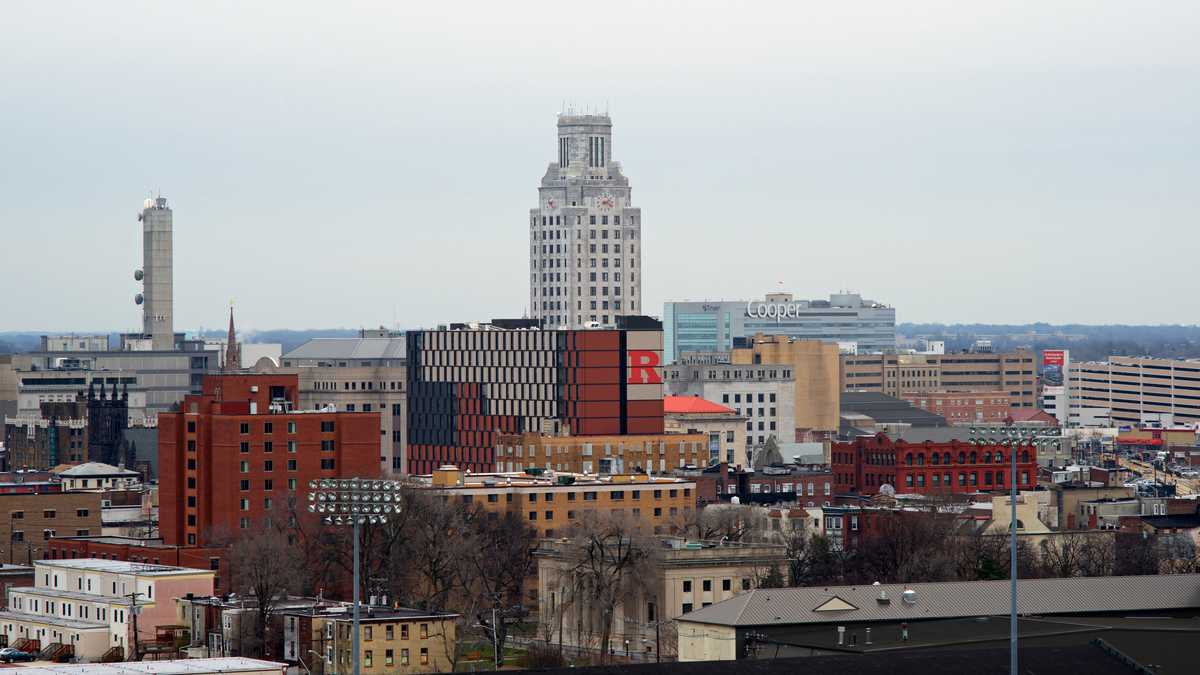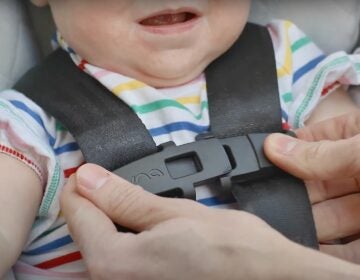Number of struggling N.J. households increased after Great Recession
New research from the United Way shows more New Jersey residents than ever are struggling to afford life’s basic necessities.
Listen 1:03
Camden, New Jersey (Bastiaan Slabbers for NewsWorks, file)
New research from the United Way shows more New Jersey residents than ever are struggling to afford life’s basic necessities.
In 2016, well over a third of the state’s 3.2 million households didn’t earn enough to cover their day-to-day expenses — including housing, food, transportation, child care, and technology — according to a report released Monday by the nonprofit’s ALICE project, short for Asset Limited, Income Constrained, Employed.
“It’s just another indicator that says the same thing: That you have a disappearing middle class, a widening gap between the rich and the poor,” said Arnold Cohen, senior policy adviser with the Housing & Community Development Network of New Jersey.
Two-thirds of these 1.2 million households earned more than the federal poverty line, but couldn’t make ends meet. They represent a chunk of the population known as the working poor.
In 2016, the federal poverty line was $24,300 for a family of four – two parents and two children – and $11,880 for a single adult.
“The cost of basic household goods continues to increase at a rate that’s faster than the overall rate of inflation. The other side is wages — that we see still more than half of wage earners in New Jersey paid less than $20 an hour,” said Stephanie Hoopes, who directs the ALICE project.
More people also worked fewer hours.
“We’re seeing more jobs be part time or three-quarters time. But also with the rise of the gig economy, we’re seeing a shift towards fluctuations even week to week,” said Hoopes.
Jaimie makes $29,300 working full-time at a child care center in Morris County, a wealthy community outside of New York. WHYY agreed to withhold her last name to protect her privacy.
Jaimie the head teacher of the toddler program at the child care center. The two-bedroom apartment she shares with her teenage daughter is subsidized, but she rarely has money leftover after paying her bills.
That means unexpected – even necessary – expenses can throw Jamie’s budget into a tailspin, forcing trade-offs that make life harder to live.
Recently, Jamie had to get an ultrasound. She paid her insurance co-pay, but then got a bill for $512.
“So then I did have to put off the electric bill and part of food shopping just to pay that monthly payment,” said Jaime.
It also means she puts a lot of her expenses on credit cards. And, every year, she puts her entire tax refund toward that debt.
“I wish money didn’t have to be so tight,” she said.
In Morris County, a single parent with a school-aged child would need to earn to nearly $39,900 a year to afford basic necessities – roughly $10,000 more than what Jamie makes, according to the report.
Out of New Jersey’s 21 counties, Cumberland County in the southern part of the state was the poorest in 2016. More than 60 percent of households didn’t have enough money to pay for the basics.
At 27 percent, Hunterdon County near Allentown had the lowest percentage of residents in that category. Morris County was close with 29 percent.
Between 2010-2016, the number of “ALICE households” – those like Jamie’s – grew from 24 percent to 28 percent. That represents an increase of 141,215 households.
WHYY is your source for fact-based, in-depth journalism and information. As a nonprofit organization, we rely on financial support from readers like you. Please give today.





